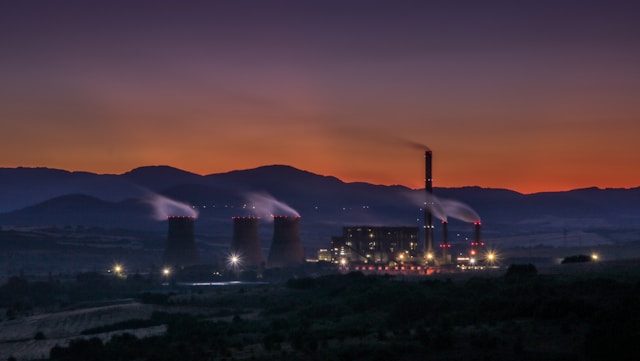An international team of scientists at the Global Fusion Initiative (GFI) has announced a significant breakthrough in fusion energy, marking a potential turning point in the quest for a clean, unlimited power source. The breakthrough, achieved at the GFI’s state-of-the-art facility in Paris, involves a novel containment method that significantly increases the efficiency and sustainability of fusion reactions.
Fusion energy, which mimics the process powering the sun, has long been considered the holy grail of clean energy. It promises to provide an almost limitless source of power without the carbon emissions or radioactive waste associated with current nuclear fission reactors. However, achieving a controlled fusion reaction on Earth that produces more energy than it consumes has been a formidable scientific and engineering challenge—until now.
During a detailed presentation, Dr. Lucia Moreno, the lead researcher at the GFI, explained how their team has developed a magnetic confinement system that stabilizes the plasma at temperatures exceeding 100 million degrees Celsius, a critical requirement for sustaining fusion reactions. “Our breakthrough lies in the novel design of the magnetic containment field, which has dramatically increased the efficiency of the fusion process, bringing us closer than ever to achieving net energy gain,” Dr. Moreno stated.
The GFI’s success is the result of a decades-long international collaboration involving scientists, engineers, and policymakers from over 30 countries. This collective effort has pooled resources, research, and expertise in a bid to unlock fusion energy’s potential as a solution to the world’s growing energy needs and environmental challenges.
The implications of this breakthrough are profound. Fusion energy is not only clean, producing no greenhouse gas emissions, but it also uses water as its primary fuel source, extracted from heavy hydrogen isotopes found in seawater. This makes it virtually limitless and accessible worldwide, unlike fossil fuels or uranium for nuclear fission, which are concentrated in certain regions.
In the wake of this announcement, global energy markets and environmental groups have responded with cautious optimism. While the commercial application of fusion energy could still be years away, the GFI’s breakthrough represents a significant step forward in making it a reality. “This is a milestone in human scientific achievement and a beacon of hope for a sustainable energy future,” Dr. Moreno added.
The GFI is now focusing on scaling up their containment system for larger, more prolonged fusion reactions, a crucial next step toward developing a prototype fusion power plant. Governments and private investors worldwide are closely watching this progress, recognizing the potential for fusion energy to transform global energy systems, reduce dependence on fossil fuels, and combat climate change.
As the world faces increasing environmental and energy challenges, the promise of fusion energy offers a glimpse into a future where clean, abundant power could drive global development, lifting millions out of poverty and mitigating the effects of climate change. The road ahead is complex and fraught with technical challenges, but the GFI’s breakthrough has ignited a renewed sense of possibility in the quest for a cleaner, more sustainable world.


